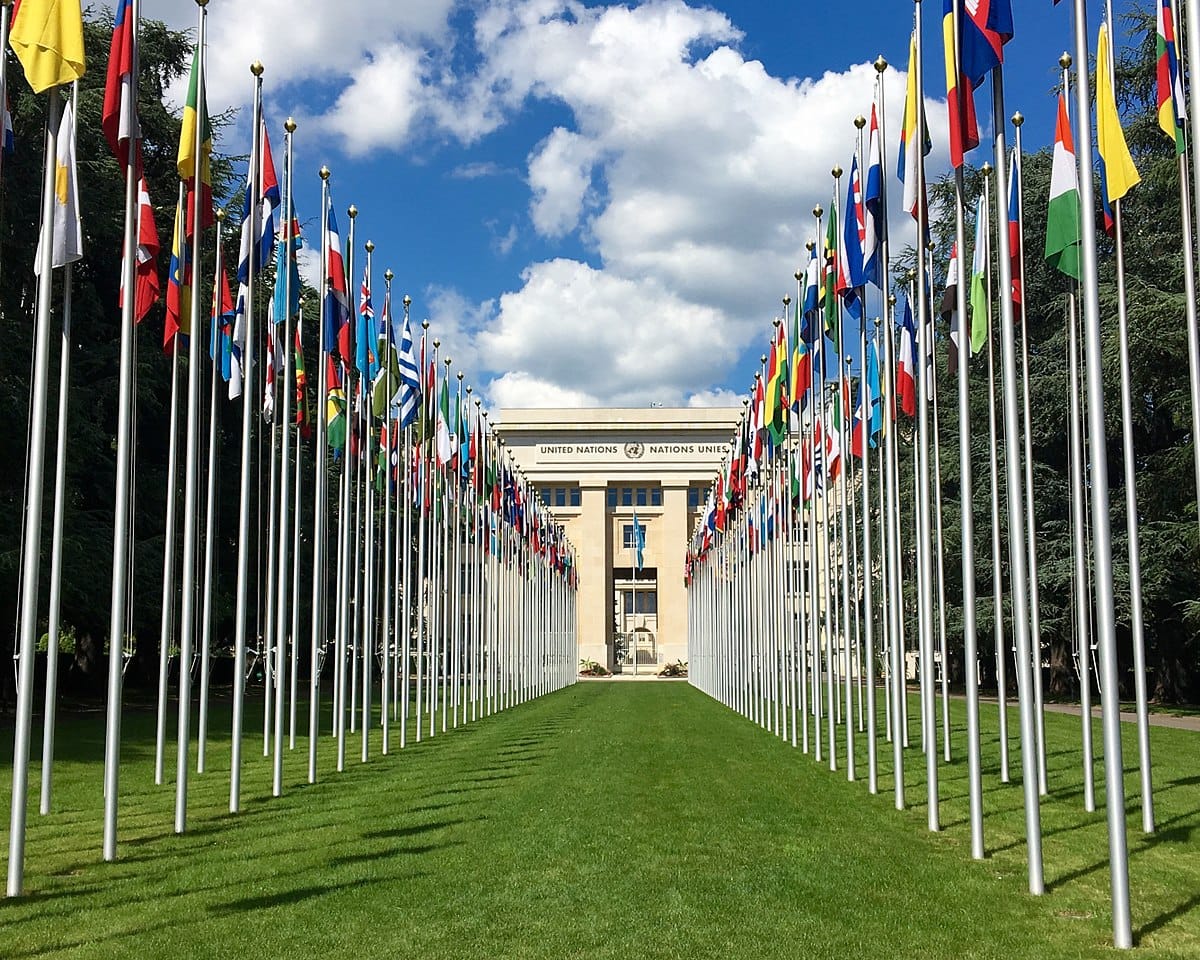The United States and the European Union are reportedly close to finalising an agreement on the specific terms for providing $50 billion in financial assistance to Ukraine, leveraging profits from Russia’s frozen assets.
Following Russia’s invasion of Ukraine, Western countries imposed stringent sanctions, freezing approximately $280 billion in Russian assets. A significant portion of these assets is held within European countries. The discussion now revolves around how the profits from these frozen assets could be utilised to support Ukraine’s financial needs.
According to Bloomberg sources, the United States is ready to commit $20 billion of the total $50 billion package, provided that the European Union introduces more robust legal guarantees ensuring that the frozen Russian assets remain inaccessible to Moscow. Presently, EU sanctions require periodic renewal every six months, a situation that Washington believes creates uncertainty regarding the availability of these funds in the future.
If the EU fails to amend its sanctions regime, the US contribution to the financial package could be reduced, although Washington would still remain involved. The financial aid package involves contributions not only from the US and the EU but also from other G7 nations, including Canada, Japan, and the United Kingdom.
EU Legislative Considerations
The European Union is reportedly facing internal discussions over its ability to modify its existing sanctions framework. While initial discussions between the US and EU centred on each party contributing $20 billion, the US has since expressed concerns over the lack of predictability in the flow of profits from frozen Russian assets, given the EU’s current sanctions policy. The regular six-month reviews of EU sanctions pose a challenge to providing long-term guarantees for this financial aid.
As a potential solution, the European Commission has proposed extending the period between sanctions reviews, thereby enhancing stability and encouraging US participation. However, this suggestion has faced resistance from Hungary, which insists that any major decisions regarding sanctions and asset freezes should be postponed until after the 2024 US elections.
Tensions Among EU Members
The possibility of a “Plan B”, in which the EU would increase its contribution to the package if US participation were scaled back, has sparked tensions within the bloc. Germany, France, and Italy have expressed reservations about raising their financial commitments, as was discussed during an EU ambassadors’ meeting in Brussels on Wednesday.
The European Commission, meanwhile, remains committed to finalising the terms of the agreement, aiming to resolve all legal and procedural issues by the end of October. This timeline is crucial, as sources indicate that the G7 hopes to finalise the terms of the financial support package during a ministerial meeting scheduled for 25 October.
Broader Financial Support for Ukraine
The proposed $50 billion package from the G7 would supplement an existing €50 billion macro-financial support package from the EU, which is planned to be disbursed gradually between 2024 and 2027. This financial aid is expected to be tied to a series of reform plans in Ukraine, which are seen as crucial for the country’s post-war recovery and long-term economic stability.
As Ukraine continues to face immense economic challenges due to the war, the efforts to unlock additional financial assistance from frozen Russian assets represent a critical move by the international community. While the US and EU are close to reaching an agreement, significant legislative and political hurdles remain. The resolution of these issues will be essential to ensure that Ukraine receives the necessary support in the coming years.
The upcoming G7 ministerial meeting at the end of October is expected to be a pivotal moment in determining the final outcome of these negotiations.



